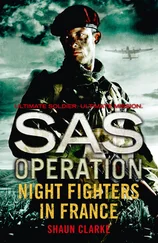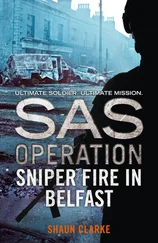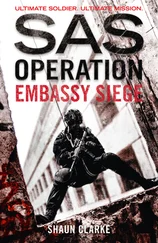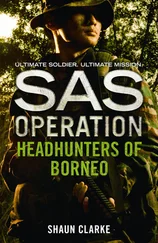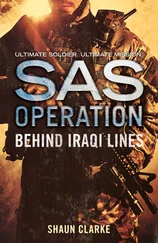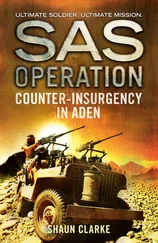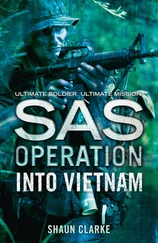‘There’s a BATT station at Taqa,’ Lampton said, oblivious to the masses of crabs, ‘so you can see the kind of work we do there. You know, of course, that the SAS has been in Oman before.’
‘I didn’t know that,’ Gumboot said to distract himself from the crabs. ‘But then I’m pig-ignorant, boss.’
‘I know they were here before,’ Andrew said, ‘but I don’t know why.’
‘He’s pig-ignorant as well,’ Gumboot said. ‘Now I don’t feel so lonely.’
‘It was because of Britain’s treaty obligations to Muscat and Oman,’ Lampton informed them. ‘In the late 1950s we were drawn into a counter-insurgency campaign when the Sultan’s regime was threatened by a rebellious army of expatriate Omanis from Saudi Arabia. As their first major move against the Sultan, they took over the Jebel Akhdar, or Green Mountain, in the north of Oman, and declared the region independent from him.’
‘Which did not amuse him greatly,’ Andrew said.
‘Definitely not,’ Lampton replied. ‘We Brits were called in to help. When British infantry, brought in from Kenya in 1957, failed to dislodge the rebels from the mountain, D Squadron and A Squadron of 22 SAS were flown in to solve the problem. In January 1959 they made their legendary assault on the Jebel Akhdar, winning it back from the rebels. Once they had done that, they implemented the first hearts-and-minds campaign to turn the rest of the locals into firm supporters of the Sultan. Unfortunately, with his medieval ways, Sultan Qaboos’s old man undid all the good done by the SAS. Now Qaboos has another rebellion on his hands.’
‘Which is why we’re here,’ Andrew said.
‘Yes. What we did in 1959, we’re going to have to do again twelve years later: engage in another hearts-and-minds campaign, while also defeating the adoo on the Jebel Dhofar.’
‘What exactly does a hearts-and-minds campaign involve?’ Ricketts asked him.
‘The concept was first devised in Malaya in the early 1950s and used successfully in Borneo from 1963 to 1966. It’s now an integral part of our counter-insurgency warfare methods. Its basic thrust is to gain the trust of the locals of any given area by sharing their lifestyle, language and customs. That’s why, for instance, in Borneo, SAS troopers actually lived with the natives in the jungle, assisting them with their everyday needs and providing medical care. In fact, medical care is one of the prime tools in the hearts-and-minds campaign. We even train some of the BATT men in midwifery and dentistry. Those skills, along with basic education, building small schools and hospitals, and teaching crafts that create work, have won us lots of friends in many regions.’
Конец ознакомительного фрагмента.
Текст предоставлен ООО «ЛитРес».
Прочитайте эту книгу целиком, купив полную легальную версию на ЛитРес.
Безопасно оплатить книгу можно банковской картой Visa, MasterCard, Maestro, со счета мобильного телефона, с платежного терминала, в салоне МТС или Связной, через PayPal, WebMoney, Яндекс.Деньги, QIWI Кошелек, бонусными картами или другим удобным Вам способом.



